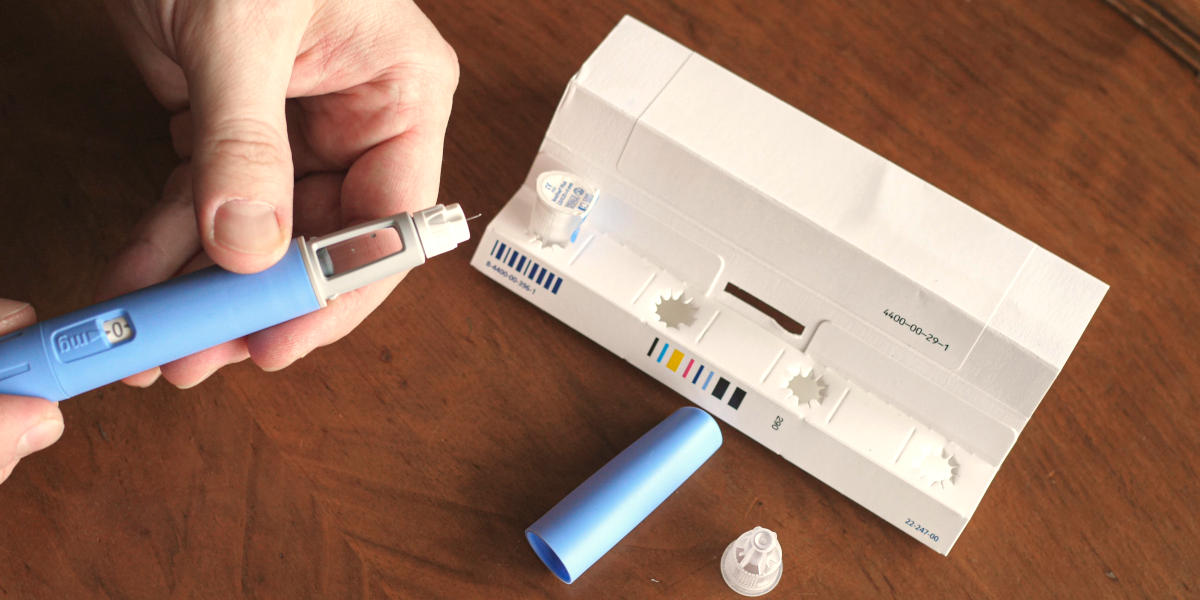Treating people who are newly diagnosed with type 1 diabetes with semaglutide dramatically reduces or even removes the need for insulin injections, researchers have found.
The team behind the research say if their findings are corroborated by larger-scales studies over longer periods of time, it could be “the most dramatic change in treating type 1 diabetes since the discovery of insulin in 1921”.
The small study by researchers from the University at Buffalo set out to see if semaglutide could be used to replace mealtime insulin, to help reduce blood sugar levels and hypoglycaemia and improve glycaemic control.
Senior author SUNY Distinguished Professor Dr Paresh Dandona said: “Our findings from this admittedly small study are, nevertheless, so promising for newly diagnosed type 1 diabetes patients that we are now absolutely focused on pursuing a larger study for a longer period of time.”
- Semaglutide: Link between suicide and weight loss jabs to be reviewed
- Semaglutide: Guidance issued on global shortage of diabetes drug
The study, which took place between 2020 and 2022, involved 10 people who had been diagnosed with type 1 diabetes in the past three to six months. The participants’ mean HbA1c level was 11.7 at the time of diagnosis. For context, the American Diabetes Association’s recommended level is 7 or lower.
To being with, the participants received a low dose of semaglutide at the same time as taking mealtime and background insulin. As the study progressed, they received more semaglutide and less mealtime insulin.
Dr Dandona said: “Within three months, we were able to eliminate all of the mealtime insulin doses for all of the patients and within six months we were able to eliminate basal [background] insulin in 7 of the 10 patients. This was maintained until the end of the 12-month follow-up period.
“As we proceeded with the study, we found that even the dose of basal insulin could be reduced or eliminated altogether in a majority of these patients.
“We were definitely surprised by our findings and also quite excited. If these findings are borne out in larger studies over extended follow-up periods, it could possibly be the most dramatic change in treating Type 1 diabetes since the discovery of insulin in 1921.”
During the study period, the participants’ mean HbA1c reduced to 5.9 at six months and 5.7 at 12 months.
- Semaglutide hailed for obesity
- Wegovy: injection reduces risk of heart attacks and strokes by a fifth
Dr Dandona’s latest findings follow more than a decade studying how the treatment developed for people with type 2 diabetes could be effective for those with type 1.
One of his previous studies looked at how the type 2 diabetes drug liraglutide could work in those with type 1.
He said: “As we extended this work, we found that a significant proportion of such diabetics still have some insulin reserve in the beta cells of their pancreas. This reserve is most impressive at the time of diagnosis, when 50% of the capacity is still present.
“This allowed us to hypothesise that semaglutide, which works through stimulation of insulin secretion from the beta cell, could potentially replace mealtime insulin administration.”
Read the study in full in New England Journal of Medicine.






